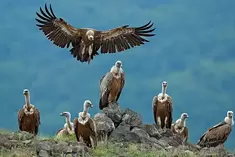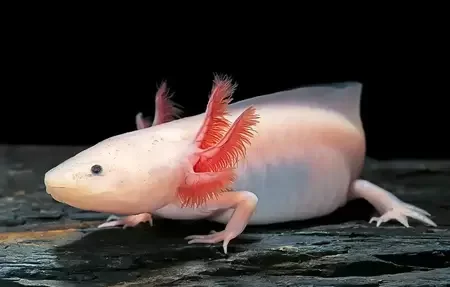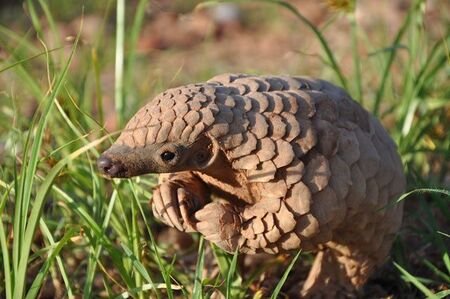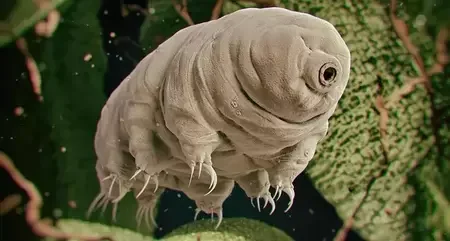
Axolotls, Pangolins, And Tardigrades
First published: Tuesday April 16th, 2024
Report this blog
Introduction
I am fascinated by three main animals: axolotls, pangolins, and tardigrades. Here are some facts about each animal.
Axolotls
Axolotls are salamanders of Ambystomatidae. Axolotls are notable for their permanent retention of larval features such as gills. Axolotls are only found in Lake Xochimilco within Mexico City, and is classified as a critically endangered species. Axolotls have fairly small legs and feet but long tails. They have a fin that extends from the back of the head to the tip of the tail. A lower fin extends from between the hind legs to the tip of the tail. They are paedomorphic meaning they retain their larval features throughout adulthood. Their diet consists of a variety of aquatic organisms including fish, mollusks, aquatic insects, and other axolotls. Their lifespan can be as long as 15 years in captivity, but they only live for about 5 or 6 years in the wild.
Pangolins
Pangolins are nocturnal mammals that feed on insects. Pangolins are covered in overlapping scales made of keratin. Pangolins eat insects using a long, sticky tongue. These animals are able to roll up into a tight ball when they feel threatened. There are 8 different species of pangolins, which are located on Asia and Africa. Pangolins are the only mammals covered in scales. Unfortunately, pangolins are poached and their meat is considered a delicacy in China and Vietnam, and their scales are used in traditional medicine and folk remedies.
Tardigrades
Tardigrades are commonly called water bears or moss piglets. They are microscopic, eight-legged animals. Tardigrades enter a state called cryptobiosis in which they excrete more than 95% of the water from their bodies, retract their heads and legs, and curl into a dehydrated tun. Tardigrades can stay in this state for years. During this phase, they become nearly indestructible, being capable of surviving extreme cold and heat, space, and radiation. Tardigrades’ bodies typically have only 1000 cells, compared to the human body which is composed of many trillions of cells. These creatures consume fungus or plant cells. They can also consume entire living organisms such as nematodes or other tardigrades.
Conclusion
Each organism is unique in their own way(s), but these three animals really stood out to me and fascinate me the most. Which organisms fascinate you the most?




#savepangolins
#savepangolins